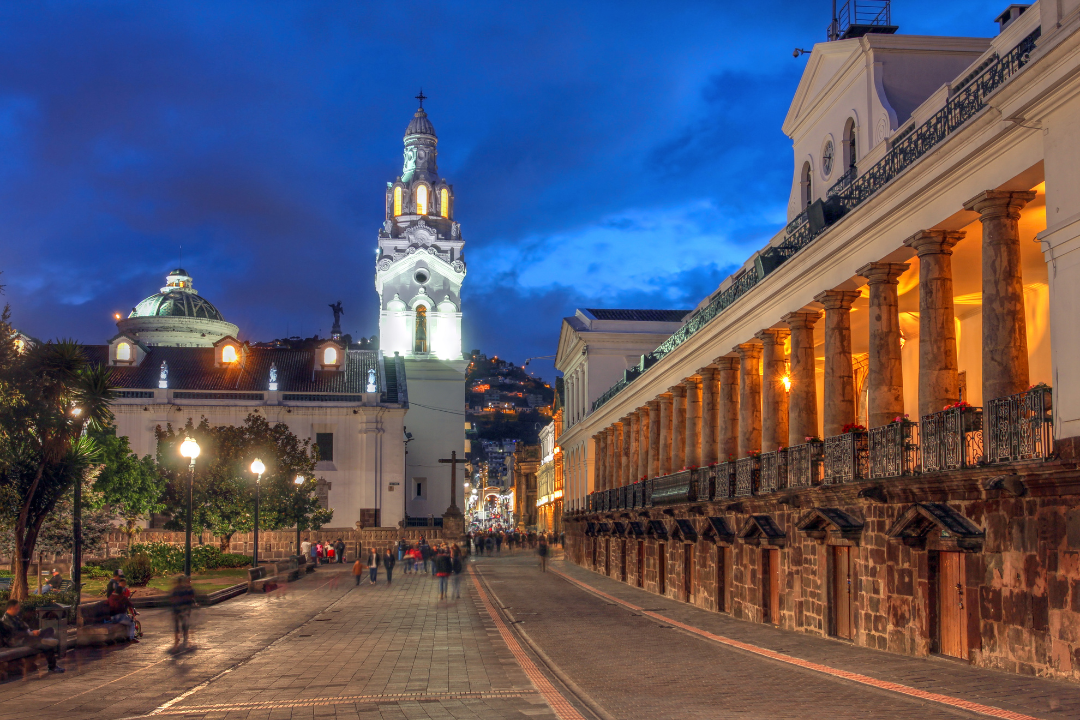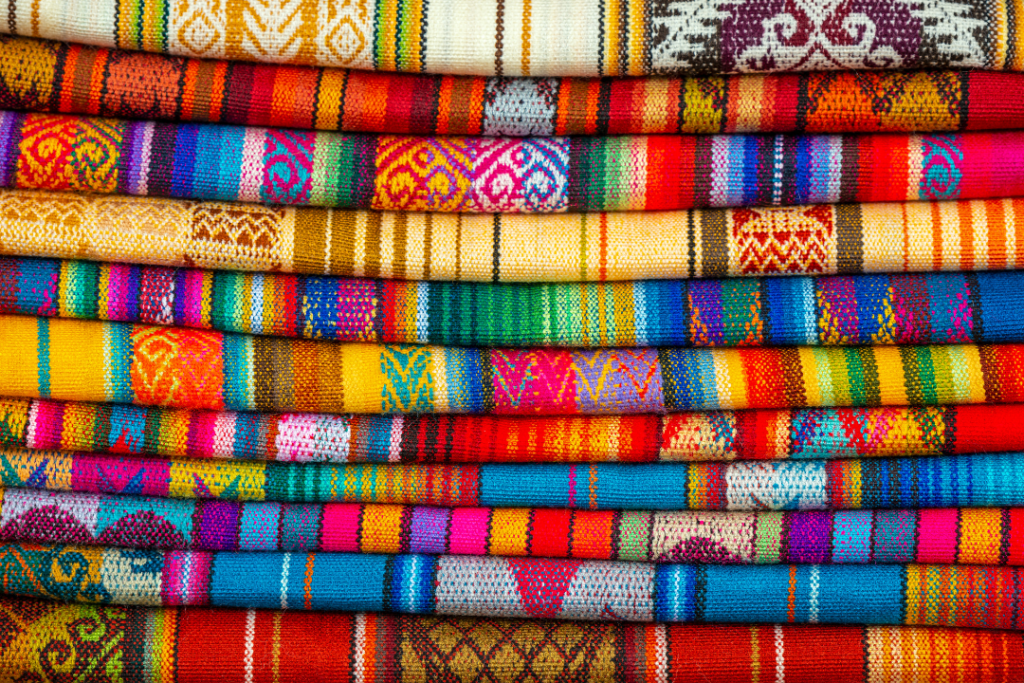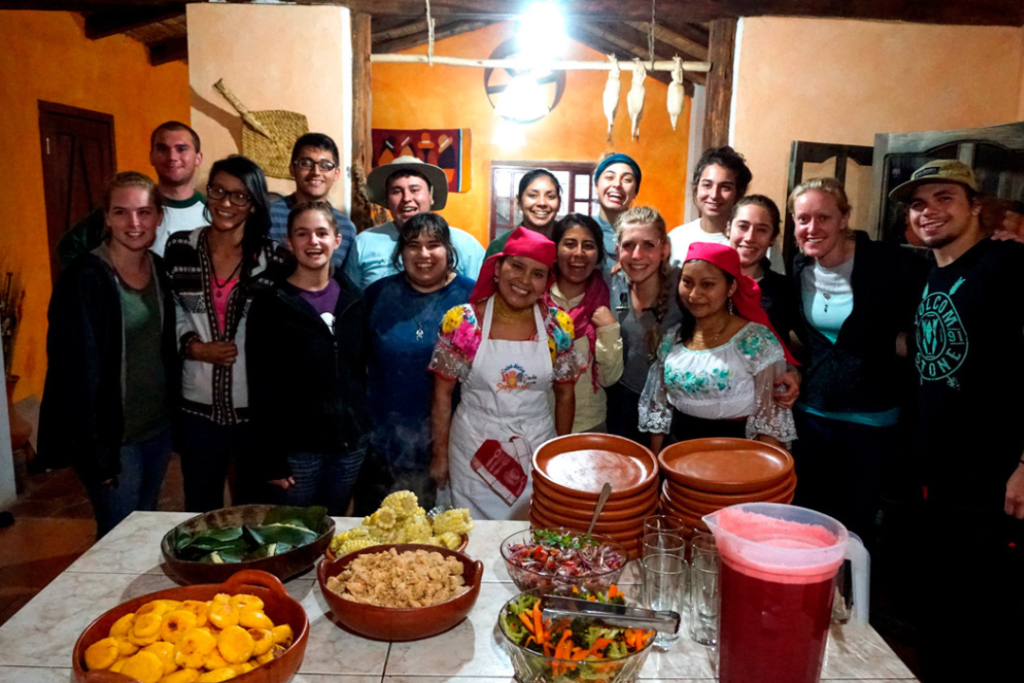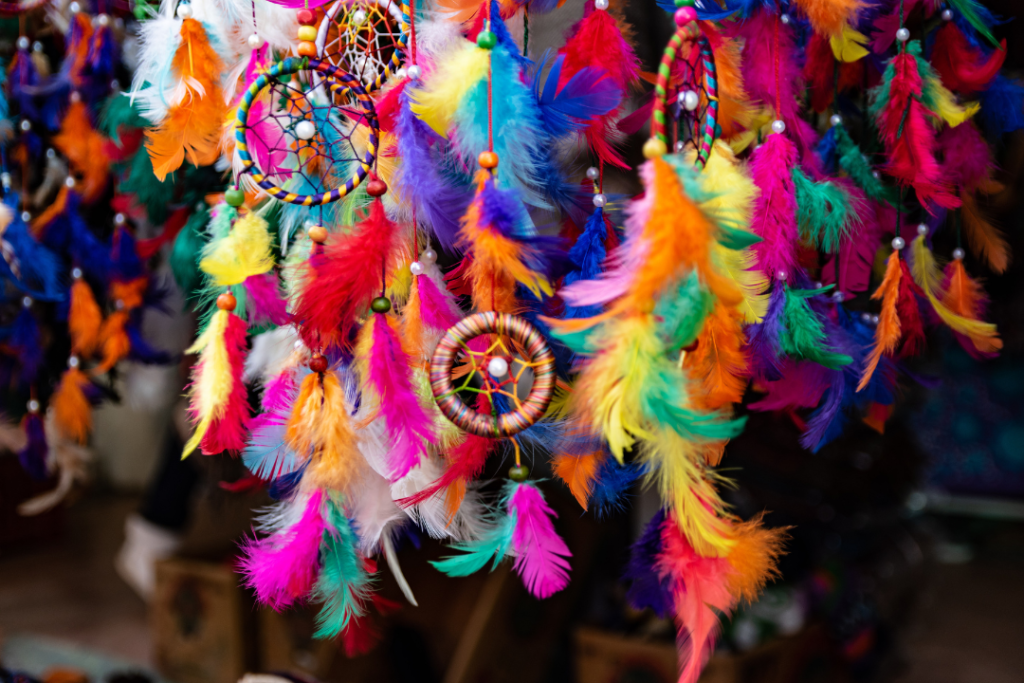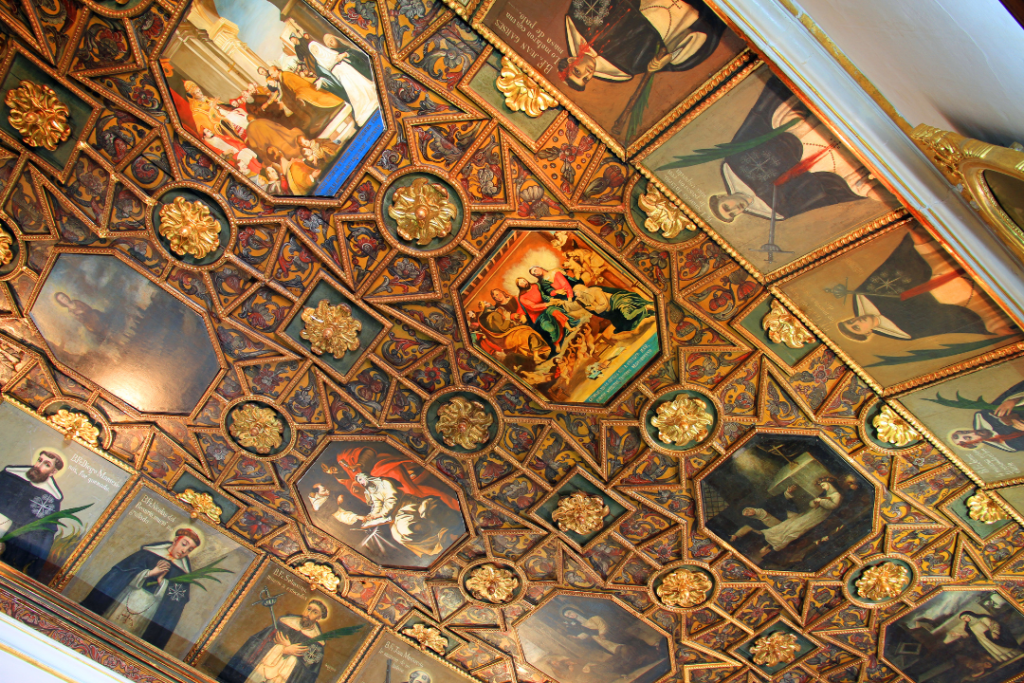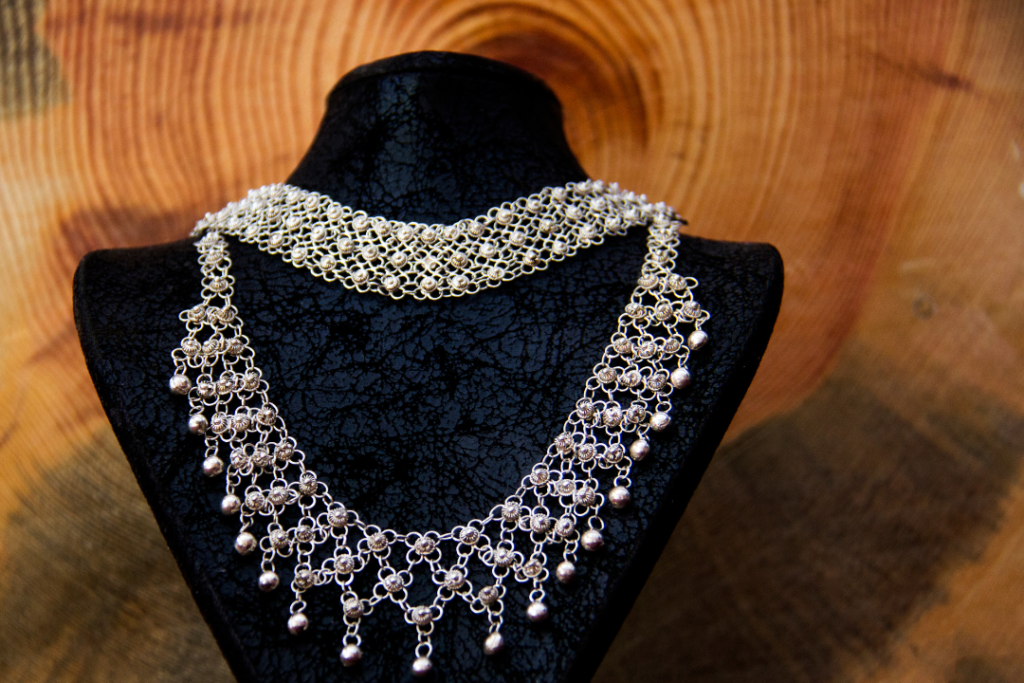Ecuador is a magical place. It’s a country with a rich history that stretches back to the Inca, who ruled in the region for centuries before being conquered by the Spanish. The descendants of these people are still living there today, and they’ve contributed their unique culture to Ecuador.
To experience this unique culture, you should travel to the middle of Ecuador’s Imbabura province to the small town of Otavalo. The city has become famous for its weavers, and you can find beautiful handmade textiles on every corner.
But what makes it unique? Well, there’s more to this charming little town than just textiles. There are plenty of other things to do and see while you’re here.
FEEL AT HOME AT HOTEL OTAVALO
Hotel Otavalo is an excellent choice if you’re looking for a place to stay during your visit. This hotel is located right in the heart of the town. The rooms are designed with comfort in mind—they’re cozy and welcoming!
The hotel has been family-owned and operated since it opened in 2006. The owners are warm and welcoming and have created an environment that feels like home. They are happy to help you with anything you need.
The rooms are clean and spacious, with beautiful views of the nearby mountains. The hotel offers free Wi-Fi throughout the hotel to stay connected while you’re away from home.
The food at Hotel Otavalo is incredible! It is made fresh daily by local chefs who use high-quality ingredients sourced locally.
TRY KAWSAYMI – ECUADOR’S ANCESTRAL GASTRONOMY
Kawsaymi is the ancestral gastronomy of Ecuador. This cooking style stems from the pre-Hispanic traditions of the Incas and their descendants. The term “kawsaymi” is derived from Quechua, an indigenous language spoken in South America, and it roughly translates to “the good life.” Kawsaymi is a holistic approach to food and nutrition, but it also represents a way of life that values community and family.
Claudia and Patricio, a married couple from a Kichwa Otavalo family, are dedicated to sharing experiences in ancestor food. The gastronomy workshop is a unique and memorable activity. It combines a range of regional tastes with the luxury of natural ingredients and their different preparation techniques. Diverse people live in this conventional mud and terracotta dwelling. A traditional kitchen made of brick and tulpa (fire pit) is used to sell food.
DREAM CATCHERS IN ECUADOR
When you think of Ecuador, you probably don’t think about dream catchers. But the truth is that Ecuador is home to some of the most beautiful dream catchers in the world!
Dream catchers are intricate, handmade items that have been used by people worldwide for centuries. They are usually made out of wood and decorated with beads and feathers. Their purpose is to help protect people from nightmares—and they do! There is even a legend that says that hanging one above your bed will ensure that no bad dreams ever come into your room.
There are many places where you can find dream catchers in Ecuador. One place where they are familiar is Otavalo Market in Quito—this market has been around since pre-Columbian times and has been making dream catchers for hundreds of years now! You can also find them at other markets throughout the country and in artisan shops throughout Quito.
EXPERIENCE TAITA GUNDO
A visit to Ecuador is about more than just fantastic food and gorgeous beaches. It’s also about getting a chance to experience the country’s rich cultural history.
Taita Gundo is a traditional Ecuadorian music genre that originated in the Andes. The name “grandfather’s song” refers to the fact that it was often passed down from generation to generation by oral tradition.
The first written recording of this music was made in 1918 when it was performed by a group called Los Viejos Cantores del Quijos (The Old Singers of Quijos). Since then, many artists and musicians have popularized and adapted the genre.
In Taita Gundo, you can immerse yourself in Ecuadorian music, dance, and culture through workshops and performances. The city has long been known as where artisans create intricate jewelry, textiles, and instruments from precious metals and gemstones.
At one time, this area was known as “the treasure house of the Incas,” but today, it’s home to many other treasures, including its people!

A a rondador, a siku, a paklla, and a piano-style chromatic antara! – TAITA GUNDO Casa de Música Andina Facebook Page
EXPERIENCE QUITO IN ECUADOR
With its colorful buildings and colonial architecture, this city is an excellent place to experience the country’s rich history and vibrant culture. You’ll find plenty of museums, art galleries, and historical sites—but you can also get a sense of what everyday life is like by visiting local markets or just walking around the streets.
THE DOMES OF SANTO DOMINGO CHURCH AND THE CHAPEL OF THE ROSARY
This UNESCO World Heritage Site is one of Ecuador’s most important tourist attractions. The church and its accompanying chapel are built on top of an ancient Incan burial site, resulting in a stunning blend of indigenous and European architecture.
The Domes of Santo Domingo Church are made up of four domed structures, each covered in gold leaf, reflecting sunlight during the day and glowing at night. The interior walls are painted in bright colors that contrast with the dark hues of the exterior mosaic tiles. Each dome has its unique design: one features an image of Christ surrounded by angels; another depicts scenes from Genesis; a third shows a crucifixion scene; and a fourth shows an image of Saint Dominic Savio, who was canonized in 1970 as “the patron saint of youth.”
The Chapel of the Rosary consists primarily of one large room with several smaller ones attached. It also has its dome structure – this time a hexagonal one – which features stained glass windows depicting scenes from the Old Testament.
EL CARETERO, ECUADOR
El Caretero, which means “the cart driver,” is a town in Ecuador that has been around since colonial times. It’s known for its beautiful scenery and relaxed atmosphere. Still, it’s also home to an important historical site: the home of Jose Gabriel Condorcanqui, who led an uprising against Spanish rule in the late 1700s.
This town is also known for its artisanal crafts market, which features local artisans selling handmade goods made from leather and wood. There are also plenty of other places to visit while you’re there, including a nearby lake that offers excellent fishing opportunities.
One of the reasons El Carretero’s architecture is so unique is its location: it’s on a mountain ridge, where it can see both the Pacific Ocean and the rainforest below. The buildings tend to be made out of stone and clay tiles, giving them a rugged look that complements their surroundings perfectly.
SHAWLS OF IKAT
Shawls of Ikat are a unique textile from Ecuador, made from threads of various colors. The colors are dyed using natural dyes and then woven together to form intricate designs. The name “Ikat” comes from the Indonesian word for “to tie,” which is what it looks like when you wear one of these shawls: the colors are woven together in such a way that they look like they’re tied together with yarn. These shawls are trendy in Ecuador because they can be worn as capes or wraps, but they’re also very warm and soft.
FILIGREE – BRING HOME A PIECE OF ECUADOR
When you think of Ecuador, you might think of the Andes Mountains or the Galapagos Islands. But there’s another part of Ecuador that’s just as important to its culture—and it’s one you can’t see: filigree.
Filigree is a type of jewelry-making that uses wire or thread to create delicate designs. The technique originated in Mexico and Central America but was adopted by native peoples throughout South America, including the Incas and Aztecs.
Want to read more about Ecuador? Check out this article Culinary Heaven, Nature’s Wonders, and Tranquility.
Let Inspired Travel Designs help you design a bespoke travel itinerary that guarantees exclusive access and freedom from the norm. Satisfy your desire for discovery. Let me take you on a quest to an inspiring journey that extraordinarily caters to your fancy. Let’s chat!




